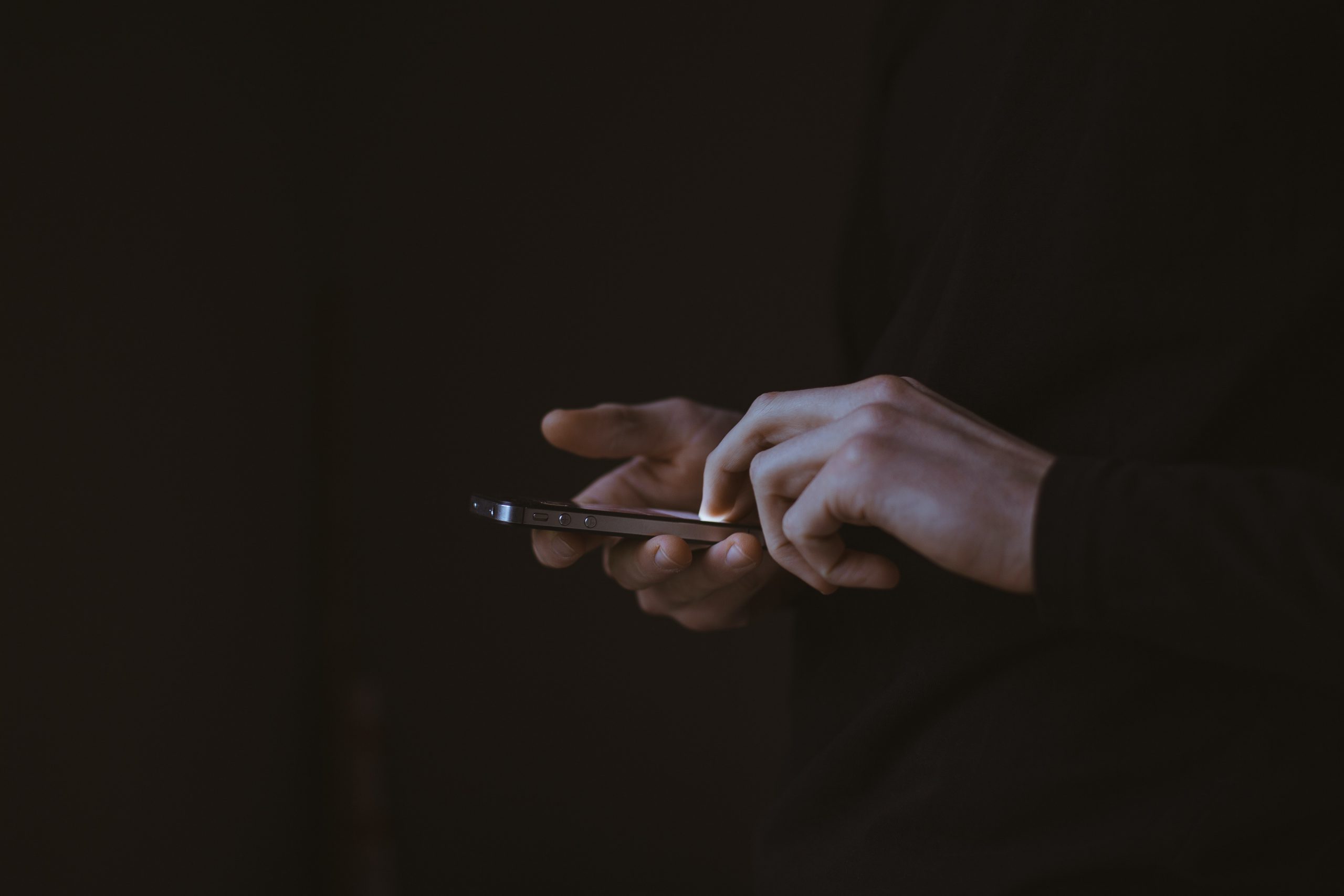Smartphone adoption is spreading rapidly throughout the world. According to Statista, as of 2019, there were approximately 3.2 billion smartphone users in the world. Globally, smartphone penetration rates are around ~50%—around half of the planet’s population.
Despite these rising numbers, smartphone adoption is not rising equally. That is, smartphone adoption is rising more rapidly in wealthier countries. People in developed economies are more likely to have a smartphone and continual internet access than those in developing economies. According to data compiled by Pew Research, the median smartphone usage across advanced economies is around 76% compared to only 45% in emerging economies.
Even among advanced economies, these are disparities in smartphone adoption rates. Most western European nations, for example, have basically universal smartphone penetration. But other European countries such as Poland or Greece have substantially lower rates.
The disparity in smartphone adoption is not limited to comparisons between national economies. Even within a single nation, smartphone adoption rates are stratified along economic, geographic, and social lines. According to data from Pew Research, approximately 30% of Americans making under $30,000 per year do not have a smartphone, and almost 44% lack broadband internet services. In contrast, smartphone ownership and internet usage are basically universal among households with a $100,000k+ annual income.
Among all the nations, there is one trend that remains true. Younger people and those with higher education and income levels are much more likely to be digitally connected. In developed nations, most people under 35 have a smartphone, but penetration rates in older populations can vary widely, depending on the country. The same divisions exist based on internet usage as well.
Many experts and analysts have pointed out how the COVID-19 pandemic has revealed the “digital divide” in the United States. This digital divide is constituted by the inequitable distribution of digital devices and internet connectivity between geographic regions and economics groups.
Here is an example of this divide: According to the Guardian, in late March, nearly 62% of counties across the US did not have government minimum download speeds. Moreover, between February and March, there was a 10% increase in counties that saw slowdowns in internet speeds and connectivity.
Based on a report from the FCC, approximately 19 million Americans lack fixed broadband access at standard speeds. However, several institutions have criticized the FCC reporting methods, and other surveys have found the number of Americans without internet access to be around 40-45 million. That is almost 14% of the population that lacks regular broadband access.
Smartphone Inequity and COVID-19 Response
One major area that digital inequity has had a major effect is in education. Several schools in the US have transitioned to a virtual learning environment, and many are planning to keep the format going into the next school year. The lack of equitable internet and smartphone access is a major barrier for students from underprivileged communities to engage with the new educational interface.
In response to this remote learning crisis, many school districts have started paying for students’ internet access so they can attend class and complete assignments. Despite these efforts, The shift to virtual learning as the dominant model of education poses the risk of exacerbating worsening educational inequalities. Approximately 17% of US families lack access to a computer at home. Low-income and minority families are much more likely to lack key internet resources such as broadband access or smartphone access.
Smartphone access inequality is also poised to worsen healthcare inequalities in the wake of the pandemic. To avoid unnecessary physical constant and potential disease transmission, many doctors and healthcare providers are limiting physical contact and are instead using video and phone calls to meet with patients. As such, patients without regular internet access or smartphone access either cannot access telemedical care or have to access worse quality care.
Given that COVID-19 has hit low-income and minority populations the hardest, the lack of equitable smartphone and internet access removes barriers of support for segments of society that need them the most. Moreover, the internet is a major resource in accessing information about the disease, including proper sanitation processes and quarantine procedures.
In a more general sense, those who lack internet access are essentially shut out of a large part of society. Even basic things like applying for a job or making payments to organizations are handled entirely online. Those who lack regular internet access are most at risk of being shut out of the general digitization of the economy. Give how hard COVID-19 has hit the economy, those without internet access are experiencing the brunt of the most negative effects.
Smartphone access can also be a barrier to managing known cases of COVID-19. As more companies rely on smartphone technologies to manage the workplace and monitor worker movements, the lack of equal distributions of smartphones can affect the efficacy of such projects.
How to Deal With the Divide
Several organizations exist that are attempting to address the digital divide and there have been many policy proposals intended to ameliorate inequitable access. Policies to address digital inequities include digital literacy training programs, more lenient smartphone ownership terms from phone providers, and policies to address structural issues such as poverty and discrimination.
Regardless of proposed solutions; one thing is for sure. Inequities in smartphone ownership will drastically affect how certain segments of the population deal with recovery from COVID-19. The switch to digital infrastructure for jobs and learning threatens to disadvantage those populations that lack regular access.
Conclusions
As smartphone penetration rates continue to increase, more effort must be put into making sure that low-income communities and countries have equal access to adopt smartphone technology. Low-income areas are at a general disadvantage for many things, including housing, healthcare, and education. As society becomes more digitally oriented, the lack of digital access is likely to seep into other areas and further worsen inequalities. Policy addressing smartphone adoption inequities are necessary to make our economy, education, and healthcare systems for the digital age.





